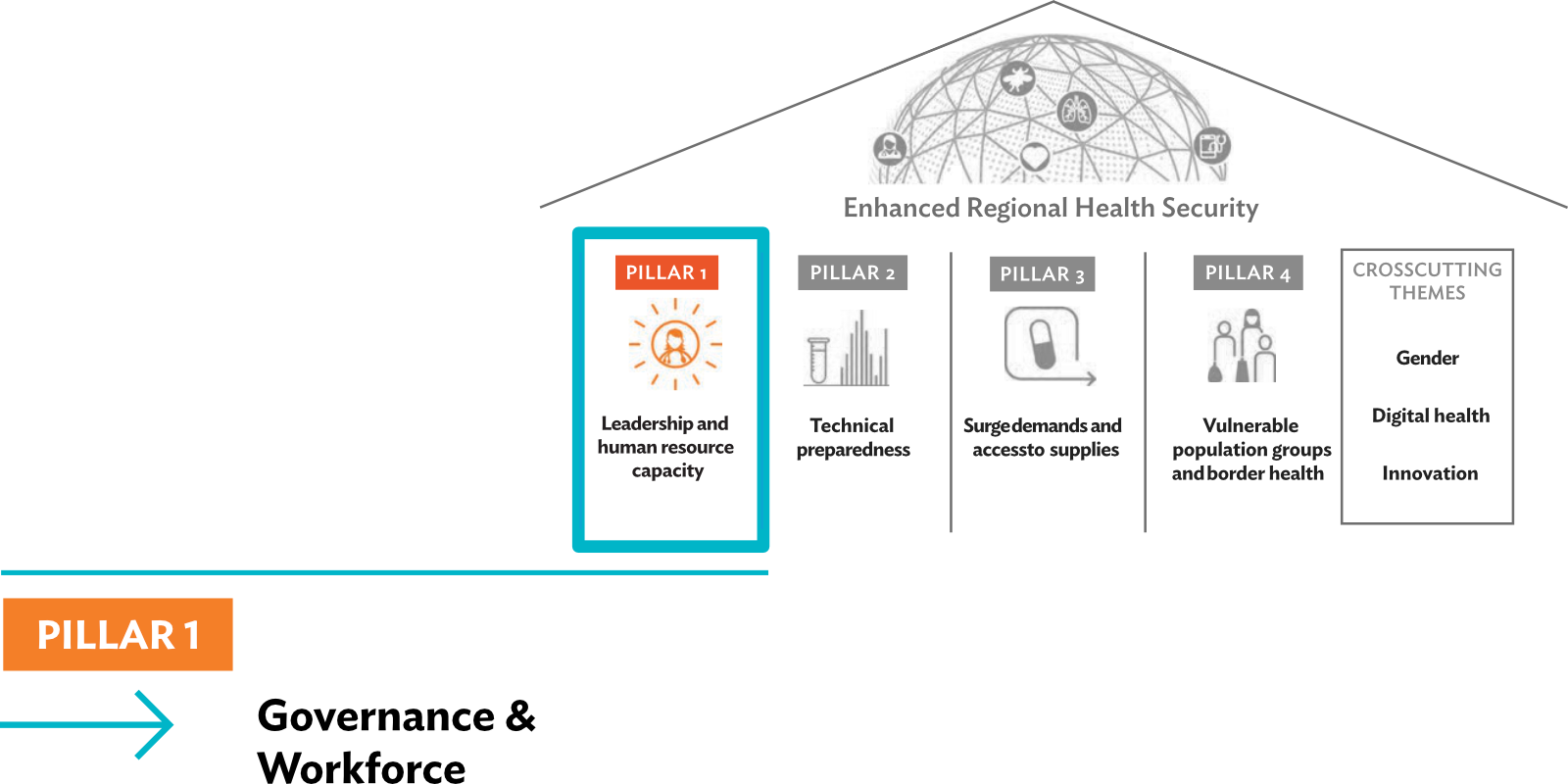Challenges
The most recent pandemic revealed critical gaps and challenges in many CAREC countries where there has been an uncoordinated response. Countries lacked a permanent rapid response team structure, had weak and poorly integrated systems for cross-sector information exchange, lacked strategic emergency risk assessment, and had insufficient emergency preparedness capacity at public health centers and at the hospital level. Coordination of regional health threats is thus key to reducing the impact of epidemiological crises since viruses do not halt at national borders. Reducing the propagation speed of the epidemic or pandemic buys time for health systems to prepare; avoids unmanageable surges of patients; and allows available resources, such as in intensive care, to operate at efficient occupancy rates — thus saving lives.
Focus
Promotion of a coordinated response to public health emergencies, and stronger leadership for health security, and health workforce capacity and skills.
Proposed Actions
- Hold inter-ministerial meetings and plan inter-sectoral coordination on health security related topics
- Define governance structure with legal and regulatory framework for regional health security
- Develop or update National Action Plans for health security (NAPHS), including integration of climate change and health in NAPHS
- Help establishing or strengthening Emergency Operations Centers
- Optimize health workforce training and distribution, including development of health workforce registries
- Establish regional training center and/or identify HUBS for undergraduate and graduate degrees, including faculty training
- Explore and pilot pandemic risk financing options

